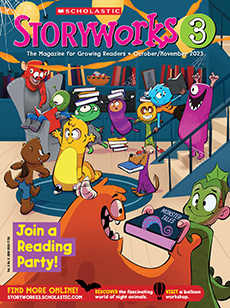Spy Planes
As thrilling as that would be, the answer is: probably not.
After 1945, the U.S. military was secretly testing many new types of planes. Some could fly without pilots or fly in ways no one had seen before. The A-12 spy plane, for example, could fly faster and higher than anything before it.
Many of these tests took place near a secret military base called Area 51, in a remote part of Nevada. That likely explains why many UFO reports came from the Southwest, not far from Area 51.
In fact, if you lived in the Southwest back then, you might have spotted a UFO too!
UFOs Today
Over the years, details about the secret planes have been made public. Today, experts believe that many UFOs were probably test flights for those planes. Yet UFO reports have continued to this day.
Recently, a group of government officials came together to look into UFO reports from 2004 to 2021. And last summer, this group released its findings. Overall, 144 UFO incidents were analyzed. Many are deeply puzzling. Some are eerily similar to what Arnold saw back in 1947.
In one incident, for example, Navy pilots said that spinning objects appeared at about 30,000 feet over the East Coast. The objects didn’t seem to have engines. How were they flying? Where was their fuel? They were seen almost every day from the summer of 2014 to March 2015.
In the end, the government group concluded that we don’t have enough information to fully understand what every UFO might be. The report did not mention anything about aliens. But it didn’t rule them out either.
Maybe some UFOs are no more than birds or balloons or a drone from someone’s backyard. Maybe they are just light filtering through the clouds—a trick our eyes are playing on us. Maybe, like spy planes from years ago, they are a new technology that most people don’t know about yet.
One thing remains clear: Many of us want to believe in aliens. In fact, 4 in 10 Americans believe UFOs are extraterrestrial, or from outside our planet.
Yet believing something to be true and it being true aren’t always the same thing.

